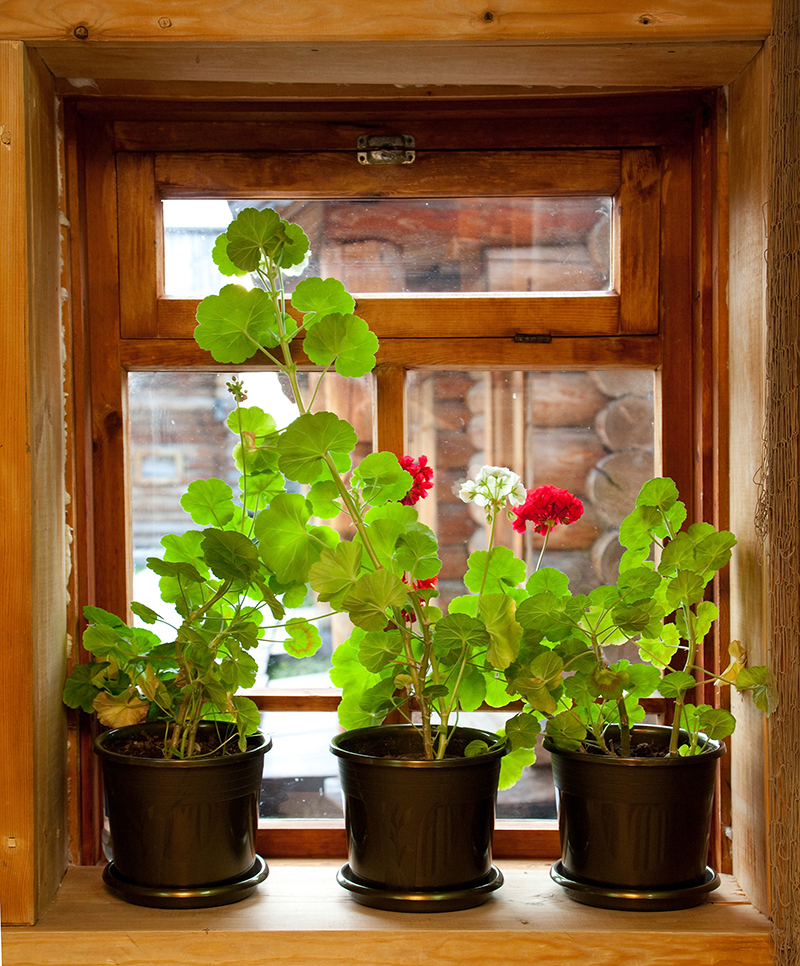Secrets to Thriving Orchid Plants
Posted on 14/08/2025
Secrets to Thriving Orchid Plants: Unlocking Their Ultimate Potential
Orchids have long captivated gardening enthusiasts and interior decorators with their exotic beauty, unparalleled diversity, and mystique. But what are the secrets to thriving orchid plants? If you've ever wondered why some people's orchids flourish and bloom year after year while yours struggle, you're in the right place. This comprehensive guide unveils the secrets to successful orchid plant care--from selecting the right varieties to creating their ideal habitat, ensuring robust growth, and encouraging exquisite blooms.

Understanding Orchid Types and Their Unique Needs
The very first secret to flourishing orchids lies in recognizing that not all orchids are created alike. With over 25,000 species and more than 100,000 hybrids, orchids showcase diverse preferences and requirements. The most common types for indoor enthusiasts include:
- Phalaenopsis, or Moth Orchids, which are ideal for beginners due to their forgiving nature and long-lasting blooms.
- Cattleya, known for their gorgeous, ruffled flowers and bold colors.
- Dendrobium, prized for their profuse flowering and slender stems.
- Oncidium, the "Dancing Lady" orchids, renowned for delightful sprays of petite flowers.
If you want your orchid plants to thrive, always identify your orchid's type. Each group has unique requirements for light, temperature, humidity, and watering.
Choosing the Right Orchid: Set Yourself Up for Success
A vital secret for successful orchid growth is to start with a healthy plant suited for your environment. When purchasing, look for:
- Firm, green roots -- healthy orchids display plump roots, often visible through clear pots.
- Rich green leaves that are free from brown spots or mushy patches.
- No evidence of pests or leaf damage.
- Plants just about to bloom or with unopened flower spikes for the longest enjoyment.
Select orchids based on your home's conditions. If you have bright, indirect light, Phalaenopsis and Dendrobium will thrive. For homes with cooler nights, consider Cymbidium, which requires a temperature drop to bloom.
Secrets to Proper Orchid Plant Placement
A little thought into where you place your orchids will make a vast difference in their vigor. Here's what you need to consider:
1. Light: The Life Force of Thriving Orchids
- Bright, filtered light is essential, but harsh sunlight will scorch your orchid's leaves. East- or west-facing windows are often ideal.
- If you notice deep green leaves but no flowers, your orchid needs more light.
- Leaf tips turning red may indicate too much direct sunlight.
2. Humidity and Air Circulation
- Orchids prefer higher humidity--ideally 40-60%.
- Use a humidity tray or group plants together to increase moisture.
- A small fan can keep the air moving, preventing disease and promoting orchid health.
3. The Perfect Temperature for Orchid Plants
- Daytime: 65-75?F (18-24?C)
- Nighttime: 55-65?F (13-18?C)
- Temperature drops at night often trigger blooming in many orchid species.
Watering Secrets: Avoiding the #1 Cause of Orchid Failure
Improper watering is the most common reason for failing orchid plants. Here's the key secret:
- Water thoroughly, but less often.
- Let the potting medium dry out almost completely before watering again.
- Most orchids need water every 7-10 days--adjust this based on humidity and temperature in your home.
- Avoid letting orchids stand in water. Always empty saucers or use pots with drainage holes.
- Never use cold water! Room temperature or slightly warm water works best.
Pro Tip: Water your orchids in the morning to allow leaves and roots to dry by evening, preventing rot and disease.
The Right Pot and Medium: Foundations for Thriving Orchid Plants
1. Choosing the Proper Orchid Pot
- Clear plastic pots allow you to monitor root health and moisture levels.
- Ensure excellent drainage with multiple holes at the bottom and sides.
- Repot every 1-2 years, or if the medium smells musty or breaks down.
2. Selecting the Best Orchid Growing Medium
- Orchids are epiphytes--they grow on trees in nature, not in soil!
- Use a specialized orchid mix with ingredients like fir bark, sphagnum moss, perlite, and charcoal.
- Choose the medium based on your watering preferences--bark dries faster; moss retains moisture longer.
Secrets of Orchid Nutrition: Fertilizing for Fabulous Blooms
Feeding your orchid plants the right way is crucial for healthy growth and spectacular flowers:
- Use a balanced fertilizer (20-20-20 or similar) designed for orchids.
- Follow the "weakly, weekly" rule: fertilize every other week at half-strength during active growth.
- Flush pots monthly with plain water to remove fertilizer salts, avoiding root burn.
- Switch to a "bloom booster" formula (high in phosphorus) during spike development to encourage more buds.
Note: Over-fertilizing is a common mistake--when in doubt, use less rather than more.
Orchid Repotting Secrets: Give Roots Room to Breathe
Regular repotting rejuvenates your orchid and prevents root suffocation. Here's how to do it right:
- Repot every 1-2 years, or if the medium breaks down and retains too much water.
- Choose a slightly larger pot--don't oversize it, as orchids prefer to be snug.
- Trim away dead or mushy roots with sterile scissors.
- Use only fresh, moistened orchid mix.
- Repot immediately if you spot root rot, mold, or a dense tangle of roots spilling over the pot's edge.
Encouraging Orchids to Rebloom: The Ultimate Secret
Many growers marvel at the first bloom but struggle with getting orchids to rebloom. Here's the ultimate secret:
- After blooms fade, snip the spike just above a node (a small bump on the stalk) on Phalaenopsis orchids. This can prompt a secondary spike.
- Provide a nighttime temperature drop of at least 10?F (6?C) for several weeks to trigger flower production in most orchids.
- Maintain high light but avoid direct sun.
- Continue regular care--don't neglect your orchid during its rest period.
Protecting Orchids from Pests and Diseases
Your thriving orchid plants can fall victim to pests such as mealybugs, scale, spider mites, and fungal issues. To keep them healthy:
- Inspect regularly for sticky residue, webbing, or spots on leaves.
- Wipe leaves gently with a damp cloth or a mixture of water and a few drops of mild dish soap.
- Isolate new plants for two weeks before introducing them to your collection.
- Maintain good air circulation and avoid overwatering to prevent root rot and fungal infections.
Troubleshooting Common Orchid Problems
Even the most careful grower can encounter issues. Here are some quick tips for common orchid plant problems:
- Yellow leaves: Usually caused by overwatering or poor drainage. Let the medium dry more between watering.
- Wrinkled leaves: Indicates dehydration--roots may be rotted or not absorbing water properly.
- Leaf spots or black tips: Can signal fungal disease or fertilizer burn. Improve air flow and reduce feeding.
- No blooms: Not enough light or lack of nighttime cool-down. Move your orchid closer to light and provide a temperature drop.

Bonus Secrets: Pro Orchid Growing Tips
- Label your orchids with the species and date of repotting for easy tracking.
- Mist leaves lightly in dry weather, but avoid soaking the crown.
- Rotate pots weekly so all sides receive even light and growth stays balanced.
- Join a local orchid society or online group for advice, support, and access to rare varieties!
Conclusion: Unveil the Full Potential of Your Orchid Plants
Thriving orchid plants don't have to be a mystery. By understanding their unique needs, providing the right light, water, air, and nutrition, and tending to your orchids with a gentle, consistent hand, you'll be rewarded with robust foliage and a dazzling display of blooms year after year. Let the secrets of orchid success guide you to transform your collection into a thriving, breathtaking oasis.
If you found these orchid care secrets helpful, share your experiences or questions below, and join others on the rewarding journey to master the art of orchid cultivation!







